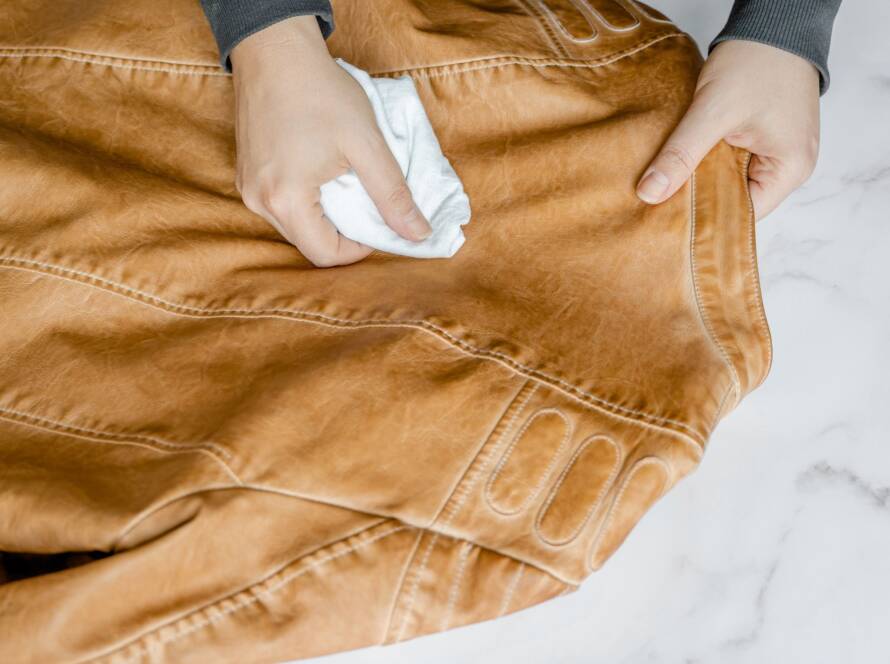Stains can be a nightmare, especially when they refuse to budge no matter how much you scrub, soak, or dry clean. While many stains can be removed with the right treatment, some are permanent due to the nature of the substance, the fabric type, or the time the stain has been left untreated. In this blog, we’ll explore the toughest stains that may be impossible to remove from fabric clothes.
1. Bleach Stains
Bleach isn’t technically a stain—it’s a color remover. When bleach comes into contact with fabric, it strips away the dye, leaving a permanent discoloration. Unfortunately, bleach stains cannot be reversed, but you can try dyeing the fabric or using fabric markers to cover the affected area.
2. Ink from Permanent Markers
While some ink stains can be removed with alcohol-based solutions, permanent markers live up to their name. These inks bond with fabric fibers, making them incredibly difficult to remove, especially from light-colored clothes or delicate materials.
3. Dye Transfer (Color Bleeding)
If you’ve ever washed a red shirt with white clothes, you might have experienced color bleeding. Once a fabric absorbs the dye from another fabric, it’s extremely difficult to reverse the process. Some commercial color removers may help, but complete removal isn’t always guaranteed.
4. Rust Stains
Rust stains, caused by exposure to iron and moisture, can penetrate fabric fibers and become nearly impossible to remove. While lemon juice and salt can sometimes lighten rust stains, older or deep-set rust stains often remain permanent.
5. Paint Stains (Oil-Based Paints)
While water-based paint can be washed out, oil-based paint is another story. Once dried, oil paint creates a strong bond with fabric, making removal nearly impossible without professional-grade solvents, which may damage the fabric.
6. Burn or Scorch Marks
Heat damage, such as from an iron or an open flame, damages the fabric itself, leaving behind a discolored or charred area. Since this is actual fabric damage and not just a stain, it cannot be removed—the only solution is to patch or replace the fabric.
7. Old Grease and Oil Stains
Fresh grease and oil stains (from food, machinery, or cosmetics) can often be removed with detergents or solvents. However, once these stains have set into the fabric, they become oxidized and bonded to the fibers, making them nearly impossible to lift completely.
8. Mold and Mildew Stains
Mold and mildew stains not only look bad but can also weaken fabric. If left untreated for too long, they can permanently discolor clothes. While some mild cases can be treated with vinegar or hydrogen peroxide, deep-set mildew stains may never come out.
9. Deodorant and Sweat Stains on White Clothes
Over time, sweat and deodorant can create yellow stains on white shirts, especially in the underarm area. These stains result from a chemical reaction between sweat, body oils, and deodorant ingredients. Once they become set, they are extremely difficult to remove.
10. Wine and Coffee Stains (If Left Untreated)
Red wine and coffee stains can sometimes be removed if treated immediately. However, if left to dry and set, these stains can permanently alter the fabric’s dye, making them impossible to remove entirely.
How to Prevent Permanent Stains?
Act quickly – The sooner you treat a stain, the better the chances of removal.
Use the right treatment – Different stains require different cleaning methods (e.g., cold water for blood, alcohol for ink, baking soda for grease).
Test before applying – Always test cleaning solutions on an inconspicuous area to avoid further damage.
Consult a professional – If unsure, take the garment to a dry cleaner for expert advice.
Final Thoughts
While most stains can be removed with the right treatment, some are simply too stubborn or have chemically altered the fabric fibers. If you’re dealing with a stain that won’t budge, consider covering, repurposing, or professionally dyeing the fabric instead. Need help with professional stain removal? Contact our expert dry cleaning service today!


